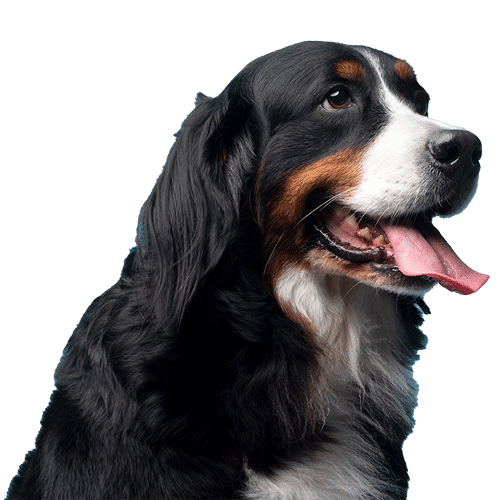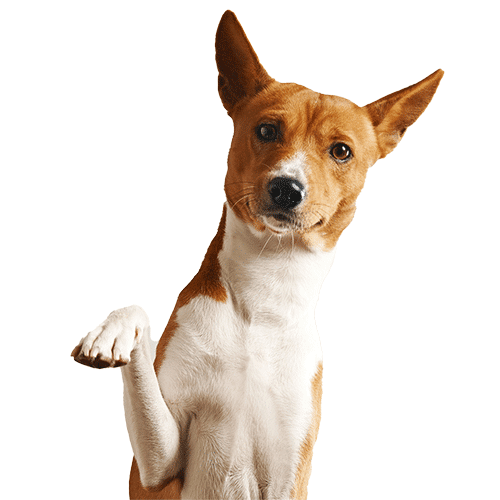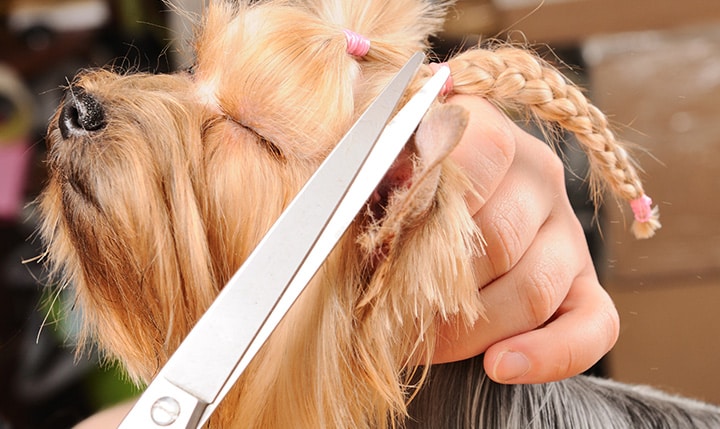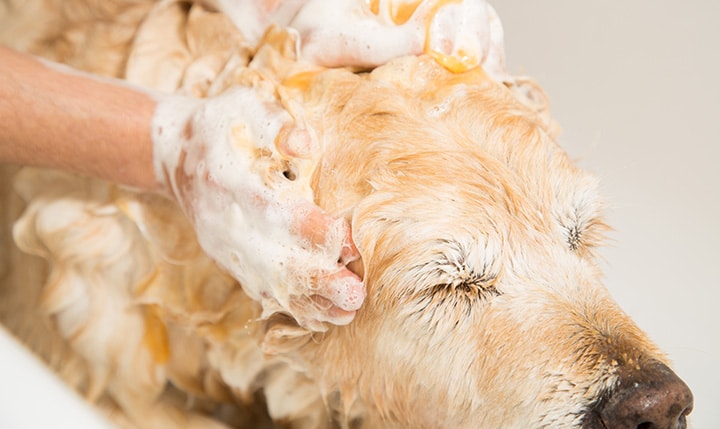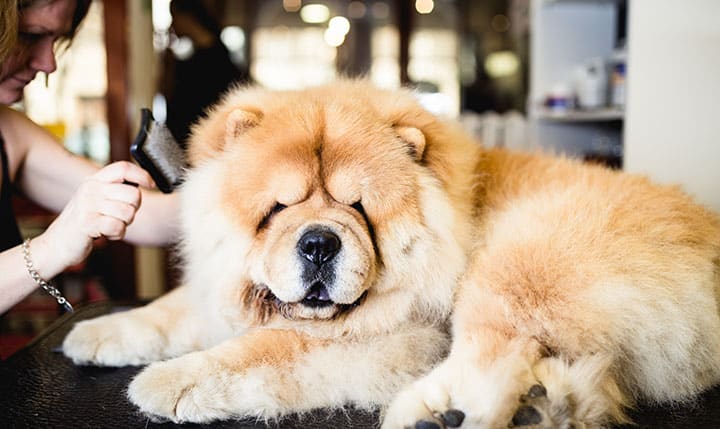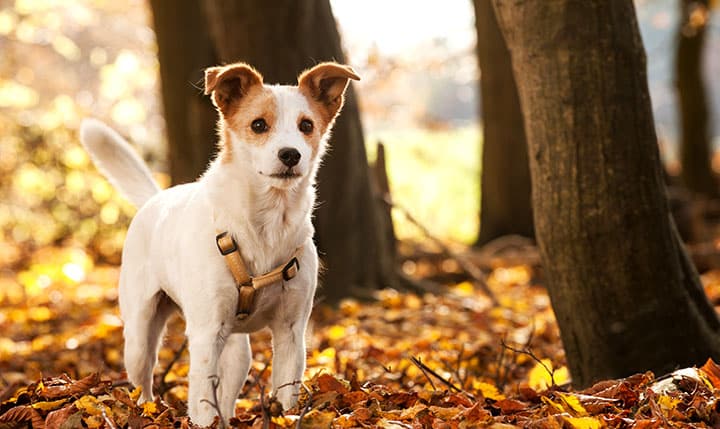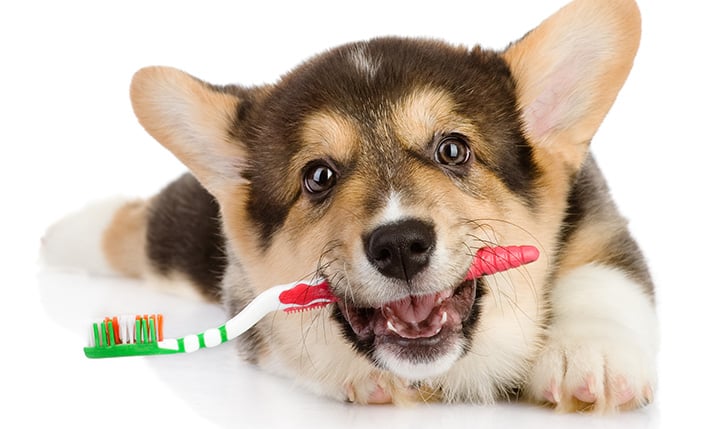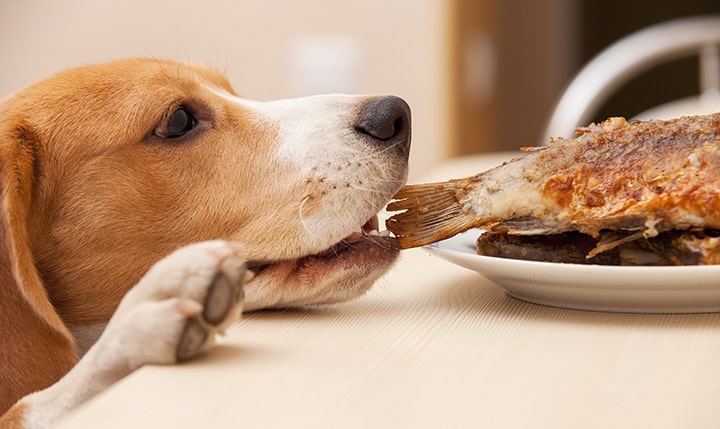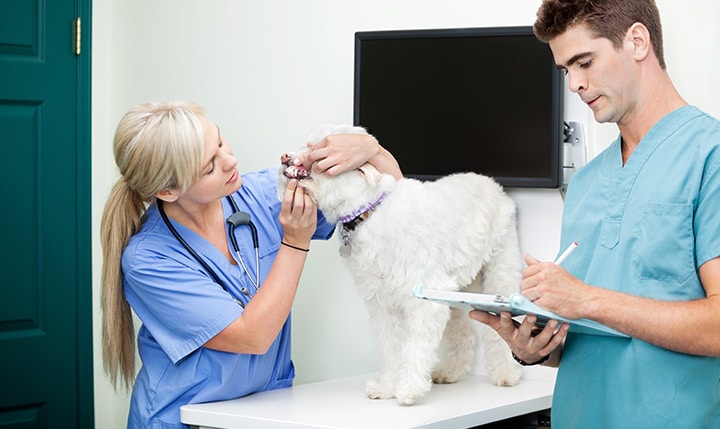Grooming Services that Your Dog Will Appreciate
Splash and Dash Makes Dog Grooming Services Easy! Most pet parents know the responsibilities of owning a dog. Caring for your little four-legged child holds the same weight as caring for your two-legged child. Some dogs are high maintenance. They […]
Grooming Services that Your Dog Will Appreciate Read Post
